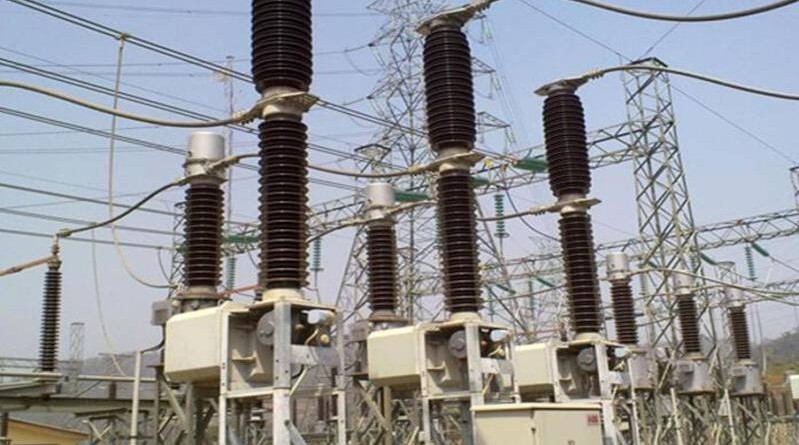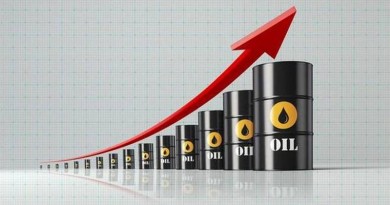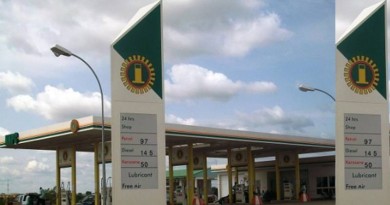FGN to raise Electricity tariff (electricity bill) by as much as 300% soon
The Federal Government is reportedly planning to significantly increase electricity tariff ((electricity bill) prices in the coming weeks, by as much as 300%, according to sources within the presidency. The aim, according to the sources, are to attract new investments and reduce the approximately $2.3 billion spent on capping tariffs. Separate reports from Bloomberg and Reuters indicate that power companies will be permitted to raise prices for urban consumers from N68 to N200 per kilowatt-hour.
These reports also highlight that the government is targeting the 15 percent of the population that consumes 40 percent of the nation’s electricity. The lack of reliable power supply has hindered Nigeria’s economy, while the increasing subsidy burden has strained government finances, diverting funds from infrastructure and healthcare.
The SA to the President on Information and Strategy, Bayo Onanuga, told Bloomberg News that NERC would announce the new price increase soon. According to him, “The regulator will make any pronouncements based on its discussion with the distribution and generating companies. The presidency cannot say anything at this stage”
In Nigeria, the Federal Government utilizes a regulated and fixed tariff system to determine electricity prices, overseen by the Nigeria Electricity Regulatory Commission (NERC). In 2024, the government plans to allocate approximately N1.67 trillion towards electricity subsidies, marking a 170% rise from the previous year’s expenditure in 2023.
President Bola Ahmed Tinubu is said to be taking this step to address price distortions that persist despite the privatization of the power sector. The Nigeria Electricity Regulatory Commission (NERC) is responsible for setting tariffs, and power companies have been unable to charge enough to cover distribution costs, resulting in government subsidies.
The Nigerian government has previously stated that electricity companies are facing a capital shortfall of approximately N2 trillion and require new investors to revive the industry. This move will not only attract new investments but also help reduce government spending, as subsidies will now be limited to rural areas for the poor. According to Bloomberg, the intervention previously cost around N120 billion per month before the currency was devalued at the end of January.
In addition, the International Monetary Fund (IMF) has warned that keeping fuel pump prices and electricity tariffs below cost recovery could have a significant fiscal impact, potentially reaching 3% of Nigeria’s gross domestic product by 2024.
Despite having abundant gas and hydro capabilities, Nigeria still experiences frequent power blackouts, with its more than 200 million population relying on grid electricity of less than 4,000 megawatts from an installed capacity of 13,000 megawatts.
Recently, the Nigerian Midstream and Downstream Petroleum Regulatory Authority (NMDPRA) raised the price of natural gas, which is used to generate over 70% of the country’s electricity. Power companies will now have to pay $2.42 per one million British thermal units, up from the previous rate of $2.18 MMBtu.
Furthermore, Nigeria plans to eliminate electricity subsidies for 15% of consumers in order to reduce the cost of N3.3 trillion ($2.6 billion). This is part of a series of reforms aimed at alleviating pressure on public finances. The government had budgeted only N450 billion for the subsidy this year, and the removal of the subsidy is expected to save close to N1.1 trillion annually. The exact date for the tariff increase has not been announced, but it is anticipated that the proposed increase will help businesses recover costs and stimulate investment.
According to Onanuga, the current electricity tariff is not realistic due to the significant subsidy burden and high cost of gas. The government is under pressure to allow a price increase in the electricity sector, and the tariff adjustment is seen as a necessary step to address these challenges and promote sustainable growth.




